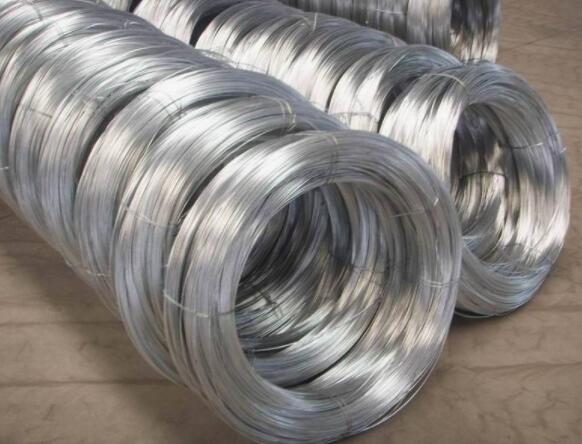Understanding Welded Wire Gauge
Welded wire gauge refers to the standard measurement and classification of welded wire reinforcement, a critical element used in construction and various industrial applications. Understanding the intricacies of welded wire gauge is essential for professionals in construction, engineering, and hardware industries, as it plays a significant role in determining structural integrity, load-bearing capabilities, and overall project durability.
Welded wire reinforcement is made from high-quality steel wires that are meticulously welded together at their intersections, forming a grid-like structure. The gauge, which indicates the diameter of the wire used in the grid, is a crucial specification in determining the strength and flexibility of the welded wire mesh. The most common measuring system for wire gauge is the American Wire Gauge (AWG), where a lower gauge number signifies a thicker wire. For example, a gauge of 4 is thicker than a gauge of 10, and thus can bear more weight and handle more significant stresses.
Applications of Welded Wire Gauge
Welded wire mesh is widely used in concrete slabs, walls, and various reinforcement applications. By incorporating welded wire mesh into construction projects, engineers can create a strong and stable foundation that can endure harsh environmental conditions and heavy loads. It also plays a significant role in reducing cracking in concrete structures.
When selecting welded wire gauge for a specific application, it is essential to consider the loading requirements and environmental factors. For instance, a construction project in a seismically active zone may necessitate the use of a thicker wire gauge to ensure structural resilience. Similarly, different applications may require varying spacing between wires, which is typically expressed in inches. These factors are critical in ensuring that the welded wire mesh performs as intended, providing the necessary reinforcement to prevent structural failure.
welded wire gauge

Benefits of Using Welded Wire Gauge
Several advantages come with using welded wire gauge in construction projects. Firstly, the uniformity of the wire mesh allows for consistent strength across the entire surface area. Unlike traditional rebar, which can have variable spacing and placement, welded wire mesh is factory-manufactured, providing a precise and reliable reinforcement solution.
Furthermore, welded wire mesh is relatively easy to install. It is lightweight compared to other reinforcement materials, which simplifies handling and placement, reducing labor costs and time on-site. The ease of installation means that projects can progress more swiftly, a vital aspect in the fast-paced construction industry.
Conclusion
In conclusion, understanding welded wire gauge is paramount for anyone involved in construction and engineering. The correct selection of wire gauge, combined with the appropriate placement and spacing of the mesh, can significantly influence the durability and longevity of concrete structures. As construction practices evolve, the importance of using reliable reinforcement methods like welded wire gauge will continue to grow, emphasizing the need for industry professionals to stay informed about best practices and material specifications. Investing in the right welded wire gauge not only enhances structural integrity but also contributes to the overall success of construction projects, ensuring safety, reliability, and performance in the built environment.

















